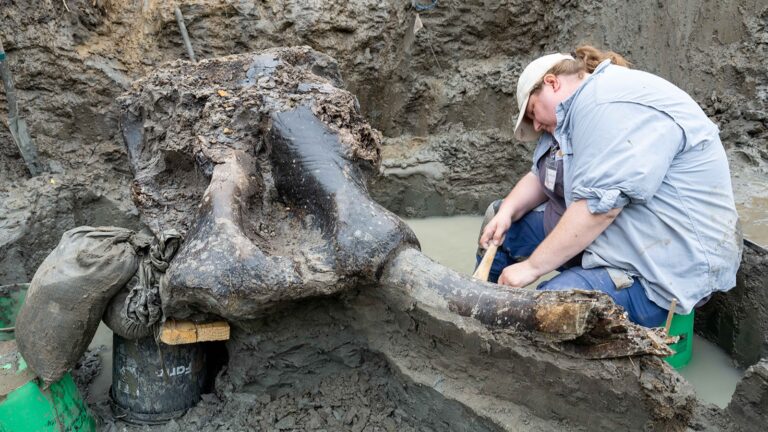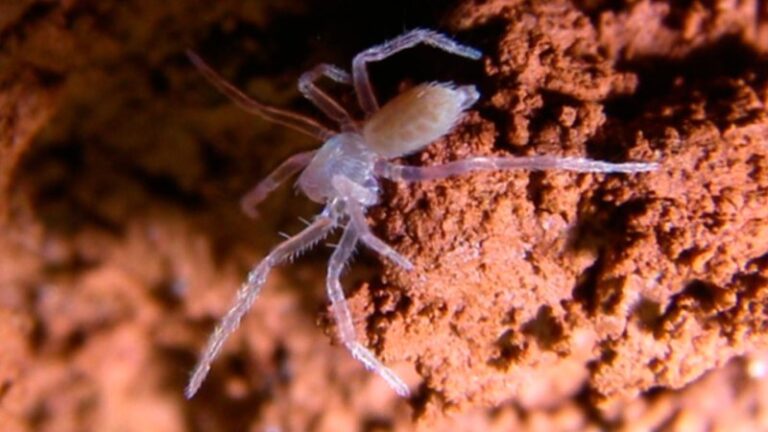Wet-bulb temperature: What is it, and how is it linked to human survival in extreme heat?

Scientists use “wet-bulb temperature” to gauge how extreme heat affects the body. But what is it?
Science and Technolgy blog

Scientists use “wet-bulb temperature” to gauge how extreme heat affects the body. But what is it?

A new device reacts to rising and falling levels of Parkinson’s medication in the body and improves quality of life for some patients.

Astronomers recently reported that the Milky Way star cluster Omega Centauri hosts an elusive type of black hole. A new study says it does not.

A team of archaeologists recently excavated the first well-preserved mastodon bones ever found in Iowa, including the prehistoric animal’s skull.

The “xMEMS XMC-2400 µCooling” chip aims to keep future smartphones from overheating as they become more powerful.

This 2014 satellite photo shows a gigantic, multicolor phytoplankton bloom swirling off the coast of Argentina. More recent research has shown that similarly massive algal outbreaks may become less likely in the future thanks to climate change.

Caves made by extinct giant ground sloths make the perfect home for a newly discovered type of long-spinneret ground spider from Brazil.

Have you ever struggled with a task because having two arms just wasn’t enough? If so, you might appreciate a new device that could lend a helping hand — literally. You strap on this robotic arm, then control it with…

Fusarium wilt is threatening the global supply of bananas, but researchers might have found a way to control the disease.

A ‘once in a blue moon’ event might not be as infrequent as you think.